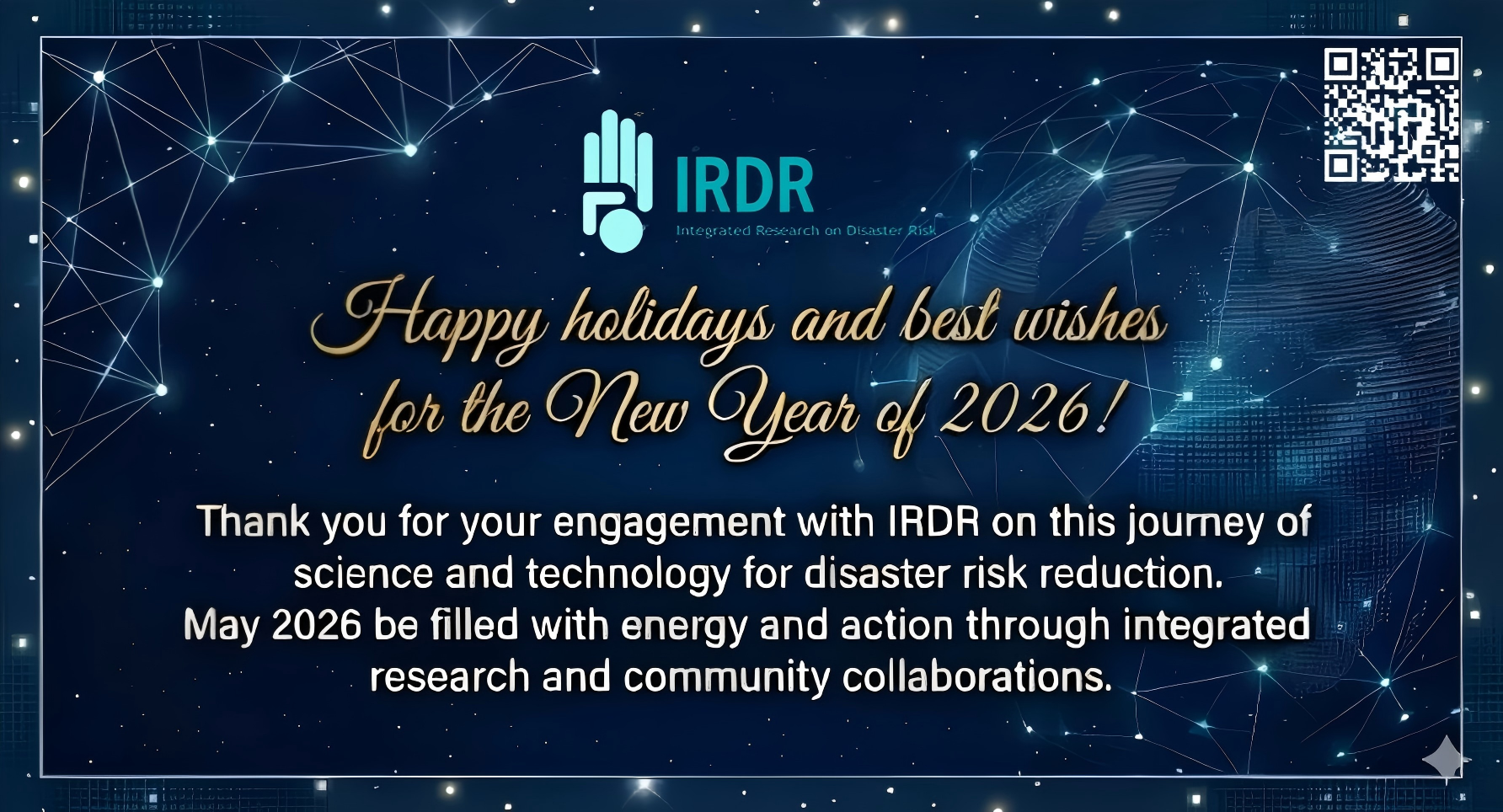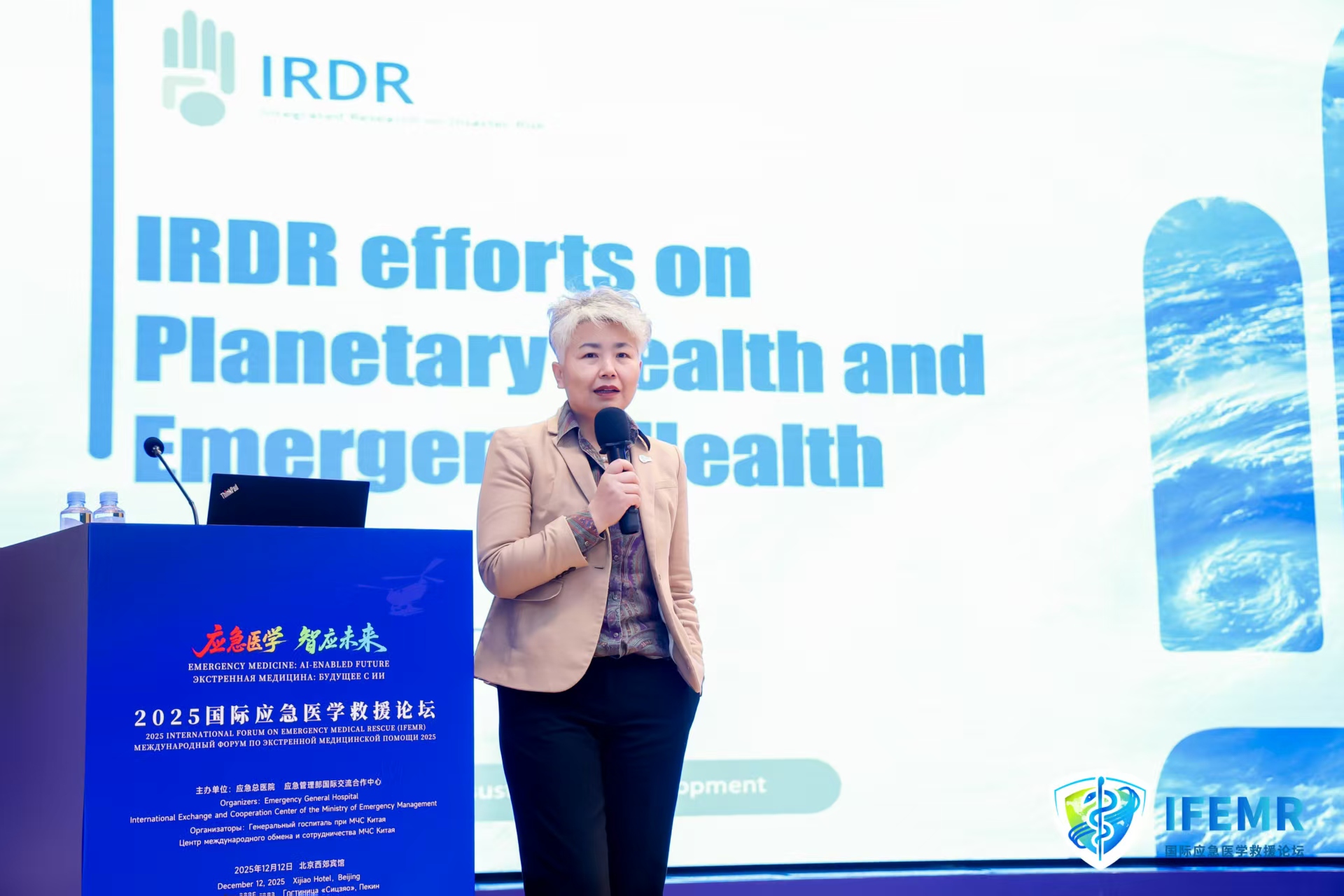This 10-day international training workshop for Biosphere Reserve (BR) managers was organized collaboratively by the East Asian Biosphere Reserve Network (EABRN) Secretariat at the UNESCO Beijing Office, the International Centre on Space Technologies for Natural and Cultural Heritage under the Auspices of UNESCO (HIST), the Wudalianchi Administration Committee and Chinese National Committee for Man and the Biosphere (MAB). The training was made possible by the Republic of Korea National Commission for UNESCO and HIST.
Aimed at sharing and reinforcing BR management experience and capacity, the workshop covered a range of issues including zoning, biodiversity conservation, socio-economic development, and the exchange of information on the major functions of BRs in member countries. HIST encourages closer links with IRDR for the mutual reinforcement of integrated research approaches into the understanding of fragile ecosystems.
HIST also invited the participation of SZ DJI Technology Co., Ltd., a global leader in developing and manufacturing innovative aerial robotics technology for commercial and recreational use. A team from DJI and Tongji University provided a demonstration on the use of Unmanned Aerial Vehicles (UAVs) for the management of Biosphere Reserves. Based on field data acquired by UAVs at Wudalianchi, the team developed 3D models of the Biosphere Reserve and discussed the application of these models to land use monitoring and planning.
A signing ceremony for a Memorandum of Understanding between HIST and Wudalianchi Administration Committee on establishing Wudalianchi as a HIST Base for Research and Capacity Building was held after the opening ceremony. According to the memorandum, the two parties will collaborate closely to build Wudalianchi into an international scientific research and training base, as well as promote scientific research based on space technologies under the principles of “mutual benefit, complementary advantages, equal co-operation and joint development”.
EABRN was launched in 1994 and today consists of China, the Democratic People’s Republic of Korea (DPRK), Japan, Kazakhstan, Mongolia, the Republic of Korea (ROK) and the Russian Federation (represented by its far eastern Biosphere Reserves). The principal objective of EABRN is to provide a mechanism for the MAB community in East Asia to exchange information and experiences relating to the three main functions of Biosphere Reserves within the sub-region.
Workshop participants on a field visit of the Wudalianchi Biosphere Reserve.





